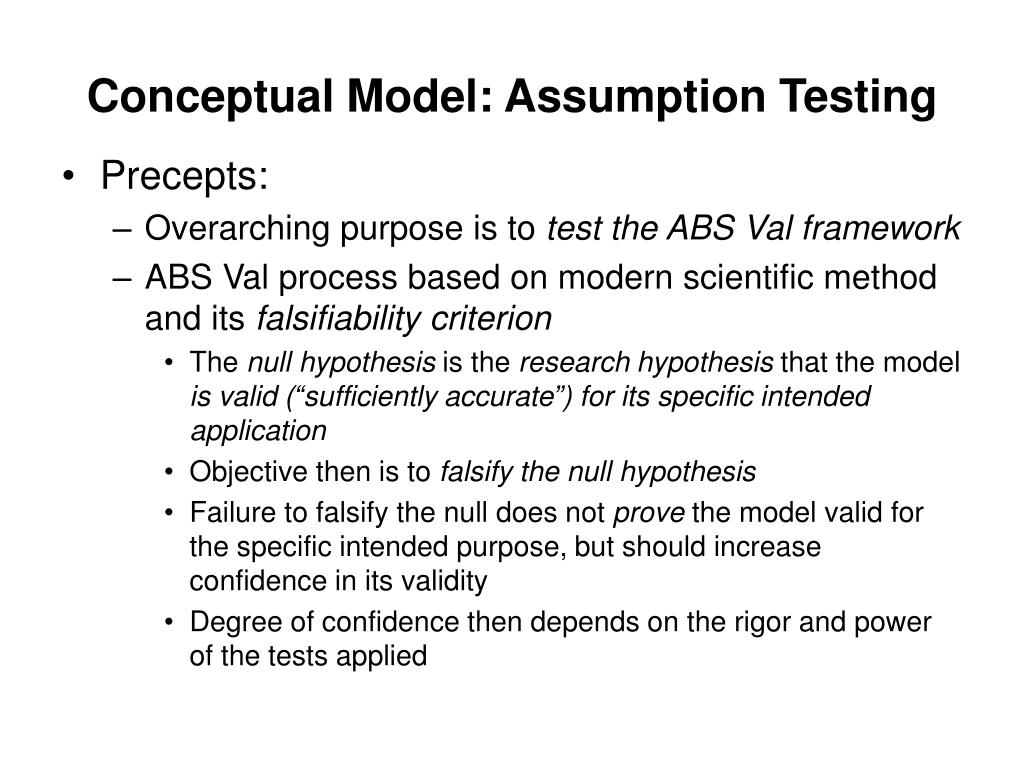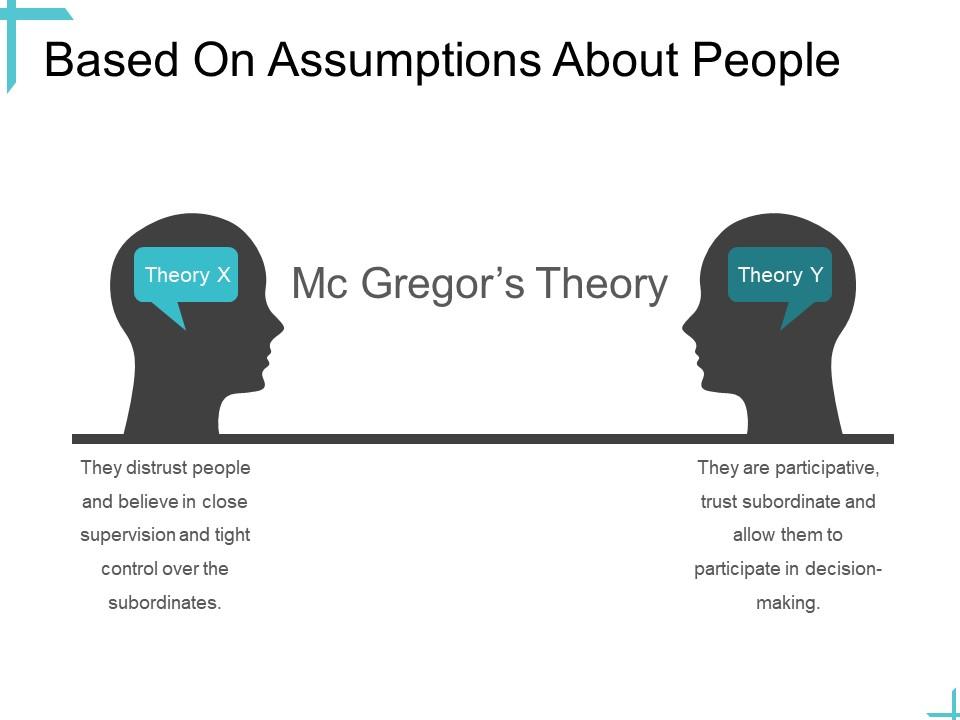Any Model Is Based On Making Assumptions Because
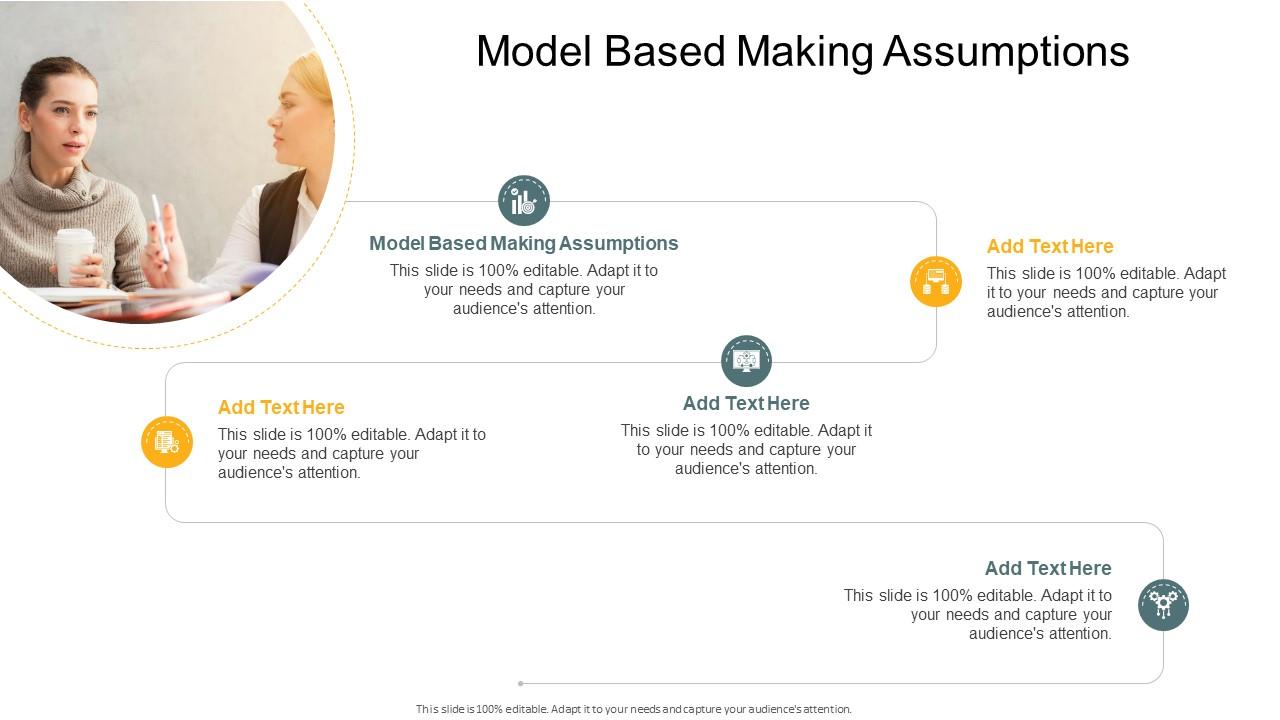
Breaking: Global scientific consensus has solidified around a critical understanding – every model, regardless of its complexity, inherently relies on underlying assumptions. This revelation is forcing a re-evaluation of how models are used for predictions and decision-making across diverse fields.
At its core, this recognition means that the accuracy and reliability of any model are inextricably linked to the validity of the assumptions upon which it is built, impacting everything from climate change projections to economic forecasts.
The Foundation of Model Building
Models, in their essence, are simplified representations of reality. They are built to help us understand and predict complex systems.
Assumptions are the cornerstones of this simplification, providing a framework for how the model represents the world.
These assumptions can range from simple estimations of data to core beliefs about human behavior.
Ubiquitous Nature of Assumptions
The pervasiveness of assumptions is a key element in this development. Dr. Anya Sharma, lead researcher at the Global Modeling Initiative, explains, "You cannot build a model without making assumptions; it's an intrinsic part of the process."
This applies to every field. From weather forecasting, where cloud formations are simplified, to economic simulations which make assumptions about consumer confidence, the impact is universal.
Even models used in medical research to predict drug efficacy are built on assumptions about how the human body will react.
Impact on Decision-Making
The reliance on assumptions raises significant questions about the certainty of model-driven decisions.
Government policies, investment strategies, and even personal choices increasingly rely on model outputs.
However, if the underlying assumptions are flawed, the decisions based on those models could also be flawed, leading to unintended consequences.
Examples of Assumption-Driven Risks
Consider the 2008 financial crisis. Many economic models failed to predict the severity of the crisis because they operated on the assumption that housing prices would continue to rise.
This false premise led to widespread miscalculations of risk and contributed to the devastating economic collapse.
Similarly, climate change models, while valuable tools for understanding long-term trends, rely on assumptions about future emissions and feedback loops. These can significantly affect the predicted extent of warming.
Mitigation Strategies
Understanding the inherent limitations of models is not an indictment of their usefulness, but rather a call for more careful and transparent application. Experts advocate for a multi-pronged approach.
One vital approach is **sensitivity analysis**. By varying assumptions within reasonable ranges, modelers can understand how sensitive the model's results are to these changes.
This can help highlight the assumptions that have the most significant impact and deserve closer scrutiny.
Enhancing Transparency and Scrutiny
Transparency is another essential element. Modelers must clearly document the assumptions underlying their models so that others can assess their validity.
This transparency is critical to enable experts from diverse fields to independently examine the assumptions and provide critical feedback.
Furthermore, greater emphasis on validation using real-world data is necessary to test the accuracy of models and identify areas for improvement.
The Road Ahead
The increasing awareness of the role of assumptions in models is not merely an academic debate. It has far-reaching consequences.
Organizations such as the International Society for Model Validation are developing best practices and standards for model development and deployment.
Governments and regulatory bodies are also beginning to take notice, exploring ways to incorporate this understanding into policy-making processes.
Next steps involve continued research into methods for quantifying uncertainty and improving the robustness of models. Furthermore, promoting a culture of critical evaluation and collaboration across disciplines is crucial.
The future lies in embracing models as valuable tools, but always with a keen awareness of the underlying assumptions shaping their output. Only then can we effectively use these models to inform sound decisions and navigate the complexities of our world.
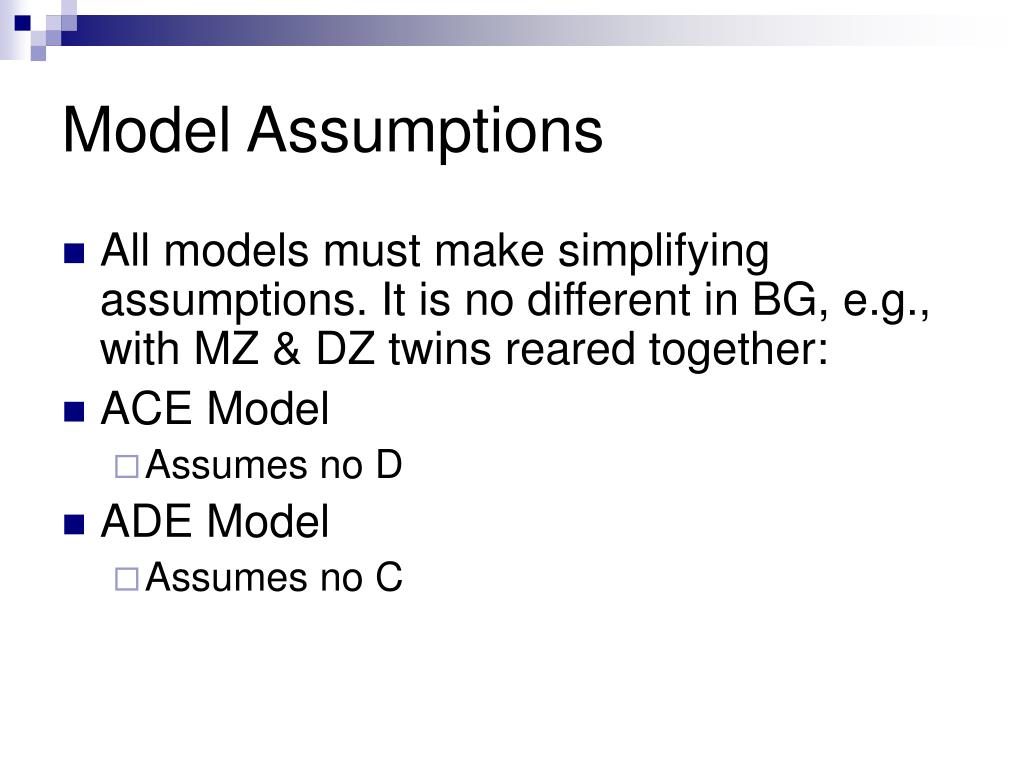



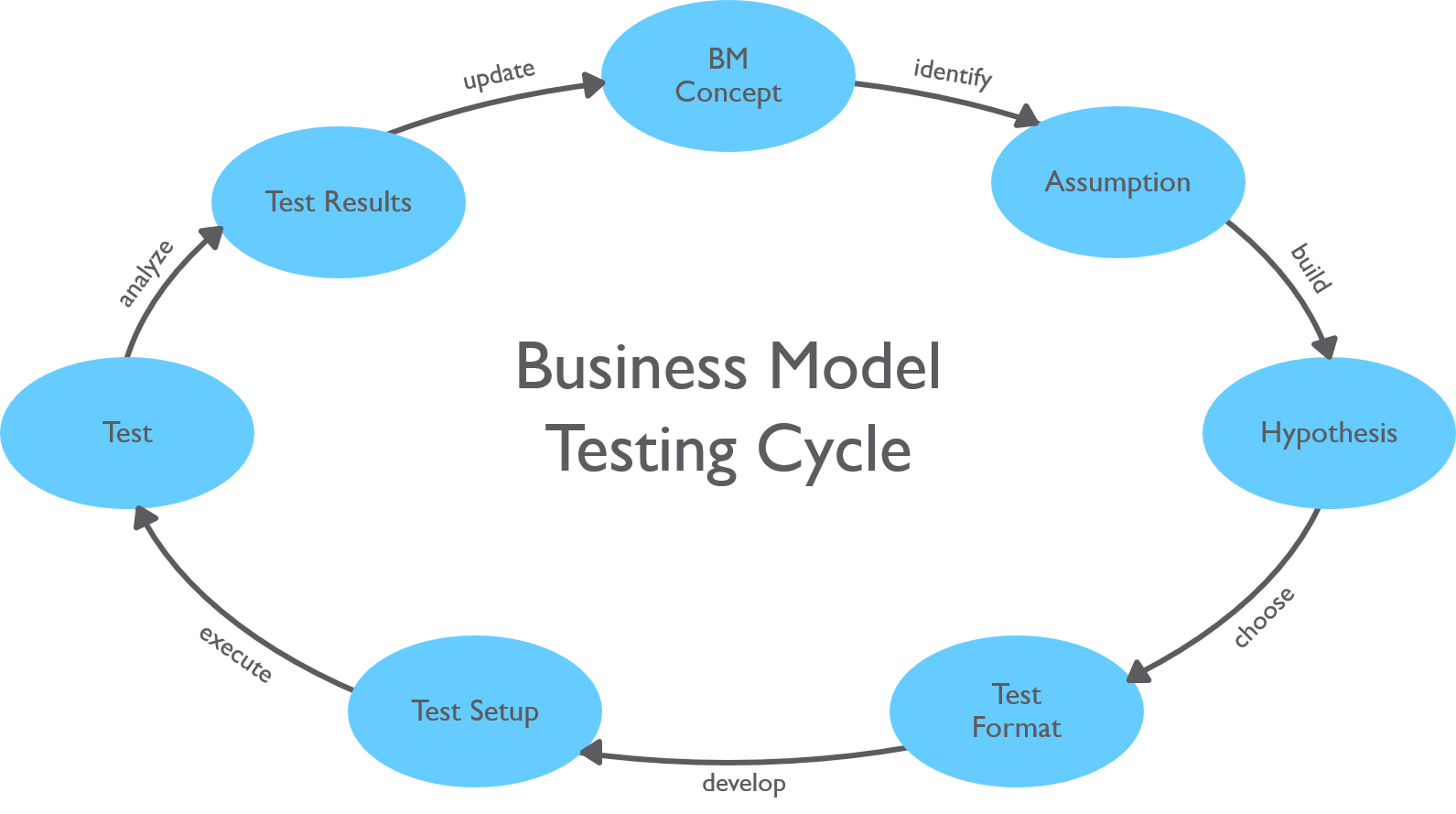
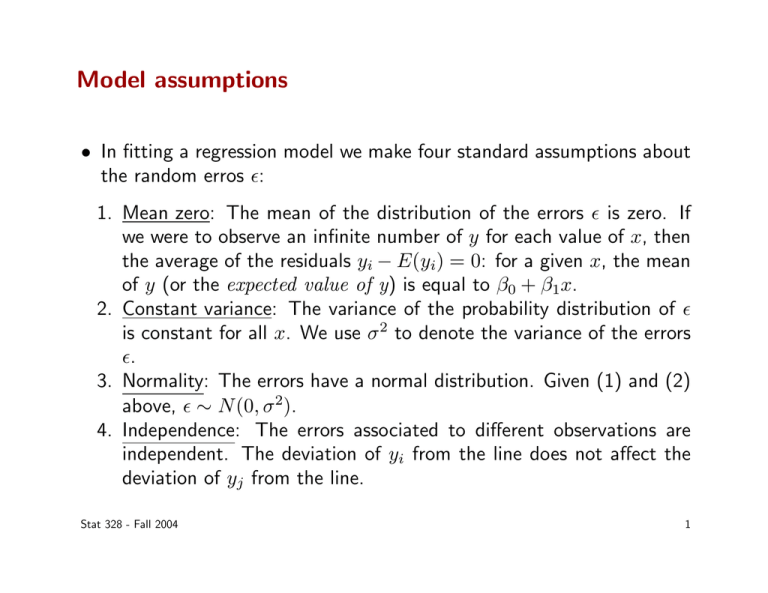


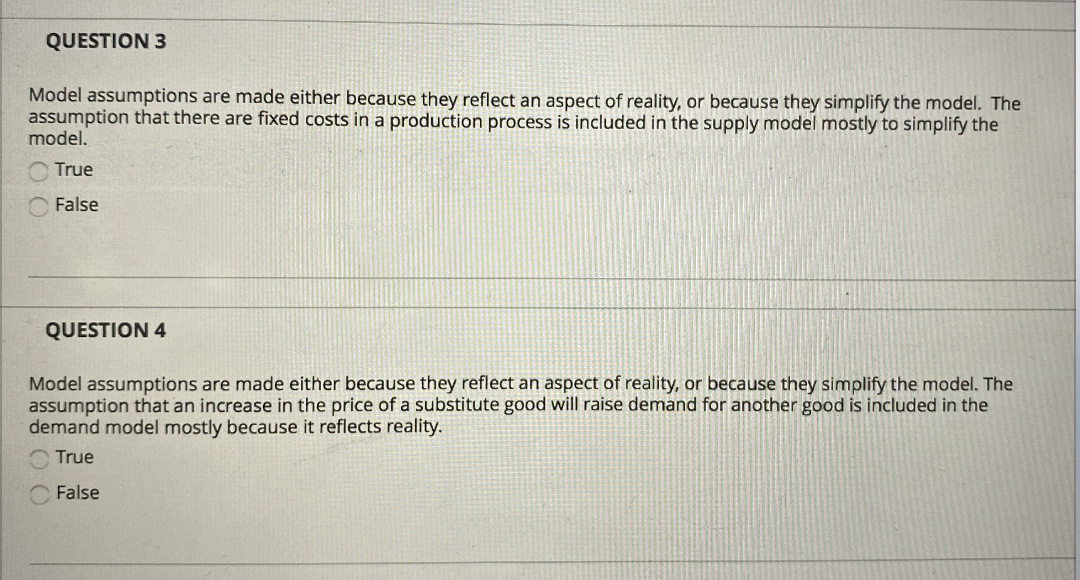



![Any Model Is Based On Making Assumptions Because 15 Methods For Testing Your Assumptions [Research Guide] // OpinionX](https://images.squarespace-cdn.com/content/v1/5e22fb8d8524a16d5bd5683c/f20f98ea-38b0-4475-ae5a-68a4d03f54c4/15+Assumption+Testing+Methods+Techniques+Tools+for+Product+Management+Teams+and+User+UX+Researchers.png?format=2500w)
